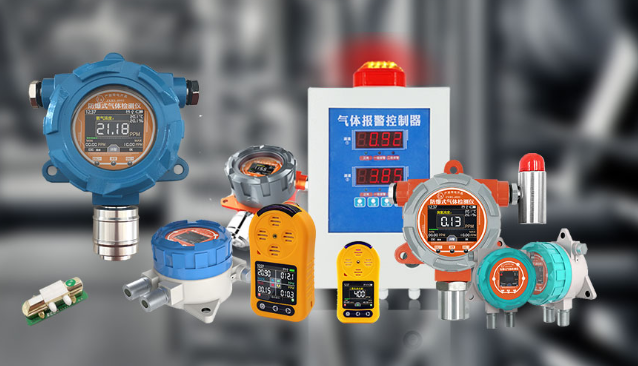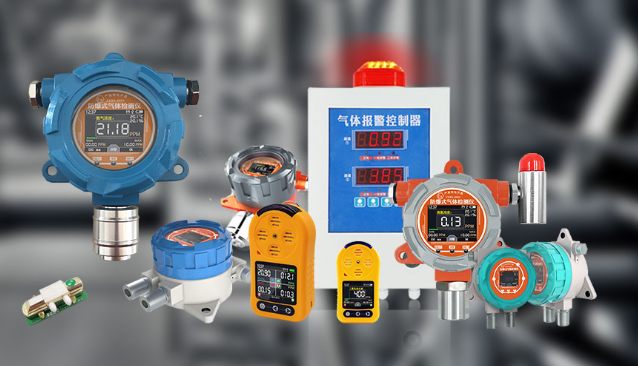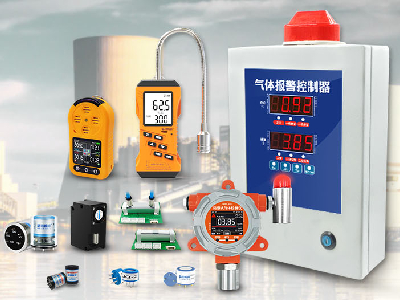
H2S Gas Detector Saves Lives in Industrial Settings
In this article, we'll explore the importance of H2S gas detection in industrial settings and how advances in H2S gas detector technology are making them more reliable than ever.

In this article, we'll explore the importance of H2S gas detection in industrial settings and how advances in H2S gas detector technology are making them more reliable than ever.
Industrial settings are inherently dangerous environments where hazardous gases are often present. Hydrogen sulfide (H2S) is one such gas that poses a serious threat to the health and safety of workers. H2S is a colorless gas that smells like rotten eggs and is commonly found in oil and gas drilling, refining, and production operations. Exposure to high levels of H2S can be fatal, making it essential to detect its presence quickly and accurately. That's where H2S gas detectors come in. In this article, we'll explore the importance of H2S gas detection in industrial settings and how advances in H2S gas detector technology are making them more reliable than ever.

The presence of H2S in industrial settings can occur due to a variety of reasons, such as natural gas leaks, wastewater treatment, and chemical manufacturing. H2S gas is heavier than air, which means it tends to accumulate in low-lying areas such as pits, basements, and tanks. This makes it difficult to detect without the use of specialized equipment such as H2S gas detectors.
H2S gas is toxic even at low concentrations, and exposure to high concentrations can be fatal within a matter of seconds. Symptoms of H2S exposure include headache, dizziness, nausea, and respiratory distress. In some cases, prolonged exposure to H2S can lead to long-term health effects such as lung disease, nervous system damage, and even death.
Given the serious health risks associated with H2S exposure, it's essential for workers to have access to reliable gas detection equipment. H2S gas detectors are designed to detect even the smallest amounts of H2S gas in the air and alert workers to the danger before it's too late. These detectors are crucial for protecting workers' health and safety in industrial settings where H2S gas is present.

H2S gas detectors have come a long way in recent years, thanks to advances in technology. Modern H2S gas detectors are more reliable, accurate, and user-friendly than ever before. Some of the key advances in H2S gas detector technology include:
Improved Sensors: The sensors used in H2S gas detectors have become more sensitive and accurate in recent years. This means they can detect lower levels of H2S gas and provide more accurate readings.
Wireless Connectivity: Many modern H2S gas detectors can be connected to a wireless network, which allows them to transmit data in real-time to a central monitoring station. This means workers can be alerted to dangerous levels of H2S gas even if they're not in the immediate vicinity of the detector.
Battery Life: The battery life of H2S gas detectors has improved significantly in recent years. Many modern detectors can last for weeks or even months on a single charge, making them more reliable and less prone to downtime.
User-Friendly Interfaces: Modern H2S gas detectors are designed with user-friendly interfaces that make them easy to use and understand. This means workers can quickly and easily check the status of the detector and respond appropriately to any alerts.
These advances in H2S gas detector technology are helping to make industrial settings safer for workers. By providing more reliable and accurate gas detection, H2S gas detectors are helping to prevent accidents and save lives.